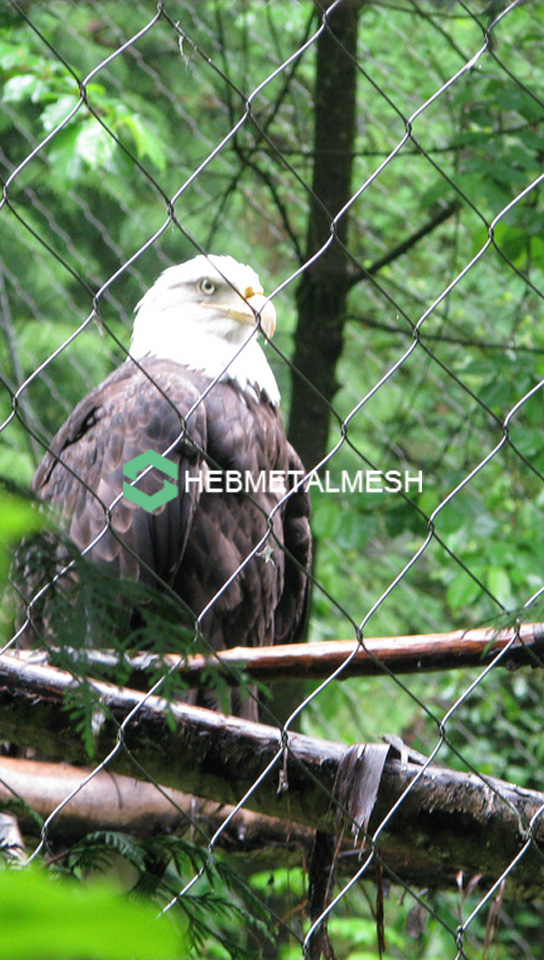
Eagle netting is a niche yet important field that merges wildlife protection with human activities. It can refer to either of two scenarios: protecting eagles from hazards using specially designed mesh, or protecting human-made structures and resources from eagle intrusion. Either way, the overarching purpose is all about achieving an equilibrium of safety for both eagle populations and human interests.
Eagles, known for their keen sight, strength, and majestic flight, are among the most iconic members of the bird family. Yet, increasingly, human activities are encroaching upon their habitats. Conversely, eagles are also expanding into human-populated areas, leading to clashes that could be detrimental to both parties.
Purpose of Eagle Netting
Eagle netting is an effective solution for keeping eagles safe from potential hazards in anthropogenic environments such as wind turbines, electricity pylons, and airports. It plays a pivotal role in minimizing collision risks by acting as a visual and physical barrier.
Secondly, eagle netting is also used for protecting venues and assets from eagle intrusion. Certain sectors are more prone to eagles’ intrusions, such as fish farms, where eagles can decimate the fish population, causing considerable economic loss. Here, eagle mesh can be deployed as a means to cover these areas and ward off opportunistic predators such as eagles.
Aspects to Consider in Eagle Netting
One must carefully consider the physical properties of the netting used in eagle protection. The mesh needs to be strong enough to withstand the weight and force of an eagle, yet fine and flexible enough not to injure the bird.
Placement is another crucial aspect. The netting should be placed optimally to prevent the eagles from accessing certain areas, yet it should not hinder their normal migratory routes or other behaviors.
The Ethical Aspect
Even though the purpose of eagle netting is to coexist without causing harm, it’s important to factor in the ethical aspect. Any mesh method used should be non-lethal and humane, causing minimal stress or injury to the eagles.
Additionally, laws protecting eagles vary from country to country and even within states in the same country. Procedures associated with handling or disturbing eagles can be complex, mandating advice and permissions from specialized wildlife agencies.
The Role of Technology
Technology plays an instrumental role in the design, placement, and maintenance of eagle netting. From using drones to place nets, to deploying GPS-tagged eagles for studying their movement, numerous advanced methods are being used. Organizations are eagerly seeking innovative technology-based solutions to minimize the negative interaction between eagles and human populations, while still providing the necessary safety measures.
In conclusion, eagle netting signifies our commitment to safeguard not only our interests but also those of the wildlife we share our world with. With a sensitive, empathetic approach, we can develop strategies that uphold the balance of the human-eagle dynamic, living in harmony with these magnificent aerial giants.

